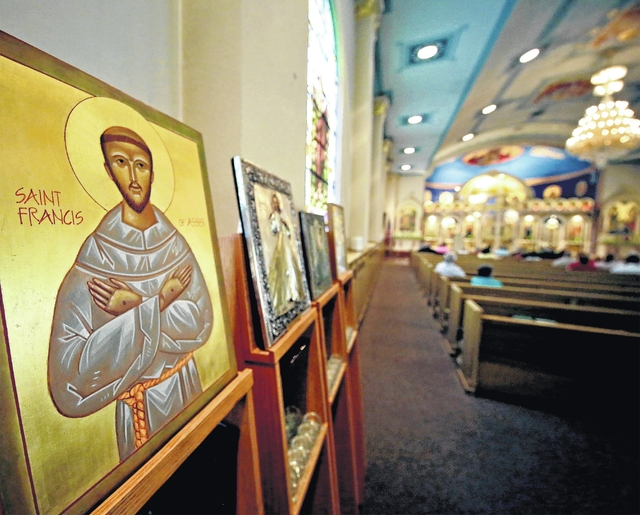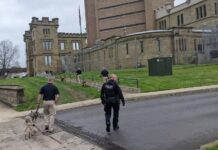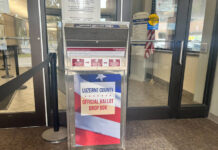By Geraldine Gibbons
ggibbons@timesleader.com
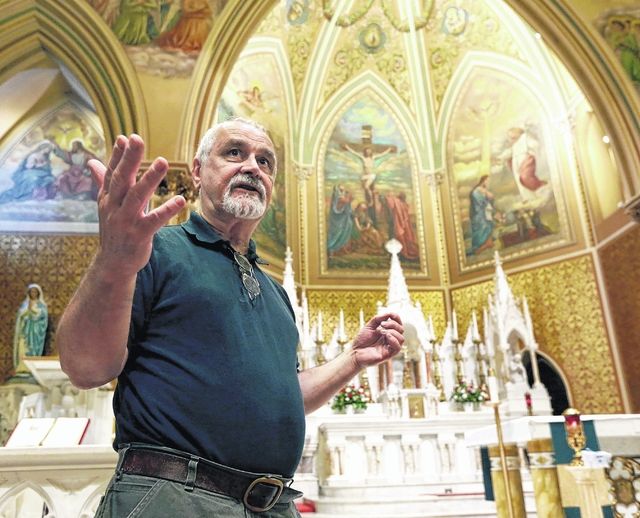
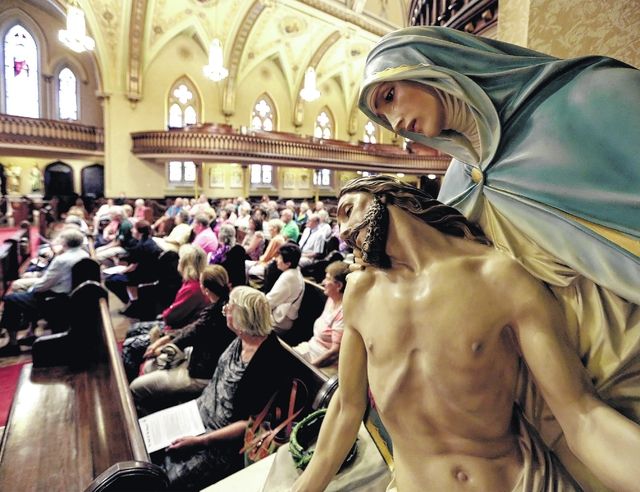
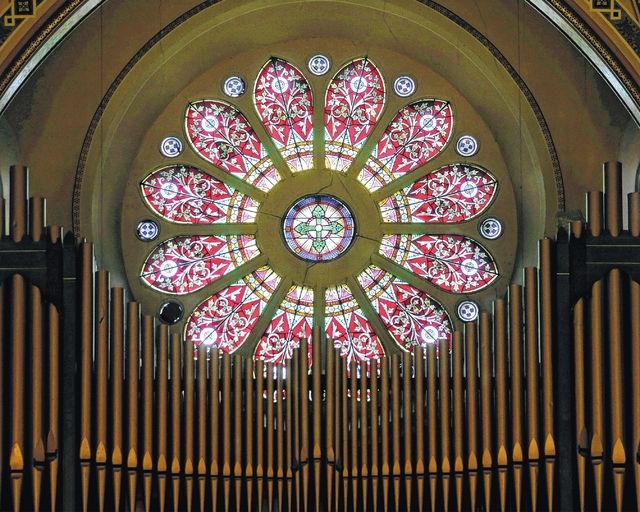
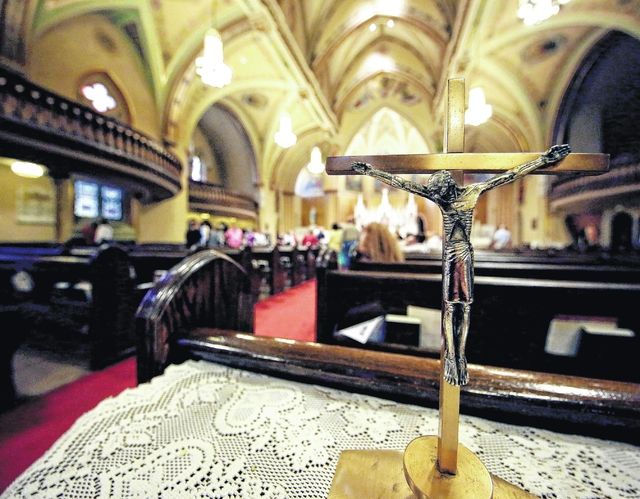
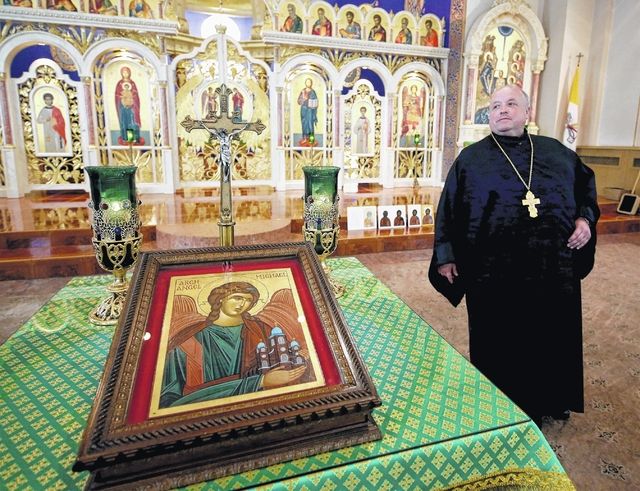
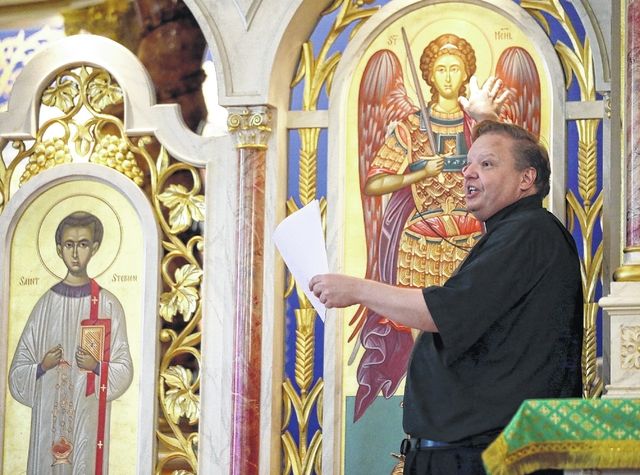
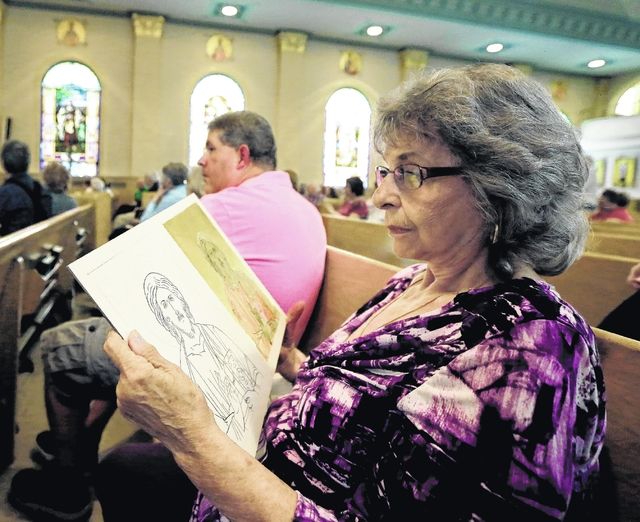
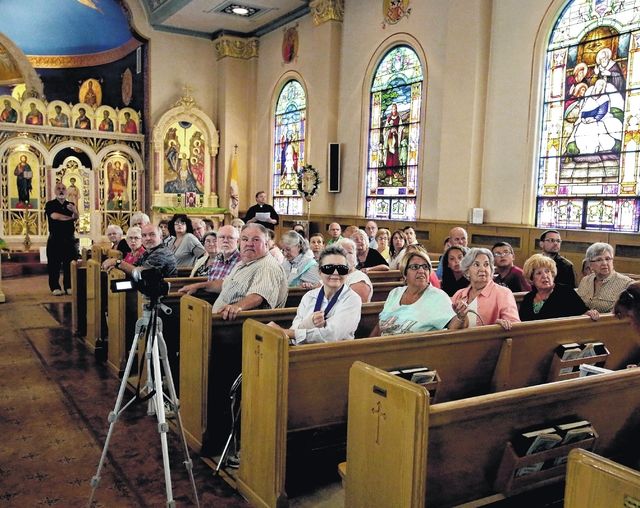
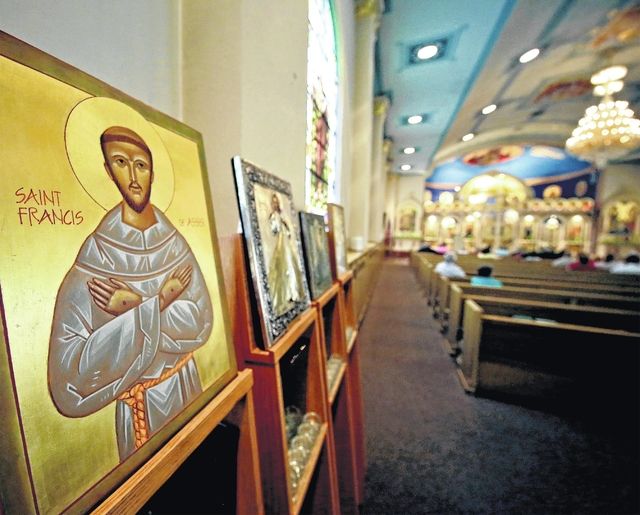
PITTSTON — An architectural reflection of the divine.
That’s how organizer Jan Lokuta describes the historic churches of Greater Pittston.
With that sense of divinity and purpose, as the result of an epiphany, he started the Greater Pittston Church Tour, now in its 10th year.
Those epiphanies have continued every year — up to and including the June 21 event — to make each event fresh and interesting, while remaining true to his original vision.
“The tour started as a way of pointing out the beauty which is often overlooked and highlighting the traditions and significance of churches,” said Lokuta. “Each year provides opportunity to focus on a different perspective.”
This year’s epiphany? The importance of understanding and celebration of light, found attendees pondering its significance in church architecture and in the lives of the faithful.
Lokuta said church architecture reflects concerns aesthetic and divine — likening, for example, church steeples of the local area to skyscrapers of New York City and adobe buildings of Santa Fe, New Mexico.
It is with that spirit that Lokuta led attendees through a tour, examining ways light is used in the Western Church, as evidence at St. John the Evangelist Roman Catholic Church, and then in the Eastern Church, with St. Michael’s Byzantine Catholic Church as the model.
The words of Saint Augustine also helped shape this year’s tour: “Unity in what is essential, diversity in what is not essential and, charity in all things.”
Traditions
To participants of this year’s tour, the afternoon was much more than a pleasant way to spend an afternoon, it has become a tradition which appeals to both the aesthetic and the spiritual.
Msgr. John J. Bendik, pastor of St. John’s, a Roman Catholic Church, drew the crowd’s attention to the stained glass that surrounded him as he spoke, emphasizing spiritual truths and expounding on Christian saints depicted.
Of special note to both Lokuta and Bendik was a “rose window” at the back of the church, with 12 leaves, allowing light to filter in from outside, spiritually signifying the 12 tribes of Israel.
Lokuta also drew attendees attention to stained class with seemingly unusual representations. For example, a bee hive, which represents the church community doing sacred work.
Iconography
Attendees then made their way to Saint Michael the Archangel Byzantine Catholic Church, with iconographer Father Tom Major stressing the importance of light in iconography.
“Creating an icon is essentially an act of prayer,” said Major, “ever brush stroke has significance.”
Icons, he said, reflect both on the creator and on the message, with both personal and public purpose, reflecting light from within.
Major held attendees rapt attention as he described the process of creating an icon, using egg yolks as a paint base, carefully drawing lines and the addition of organic pigment.
The purpose of icons he said is not to simply provide beauty, but to reflect divinity, always with the intent to “let the light shine through.”
Depictions of saints, he said, tend to remain similar over time, perhaps because they reflect an original rendering of that person from centuries ago.
Linda Weathers, Pittston, said this was her first church tour and that she loved it.
“It was informative, it was historic,” she said, “and most of I had a chance to get to know other members of the community.”
Lokuta, who has embraced the tour as an annual celebration of ecclesiastical architecture and history.
Willing to think a bit “outside the box,” last year’s tour included a visit to significant religious sites linked to the area’s Jewish community.
And next year’s tour? Lokuta already awaits his next epiphany.
Reach Geri Gibbons at 570-991-6117 or on Twitter @TLggibbons.

